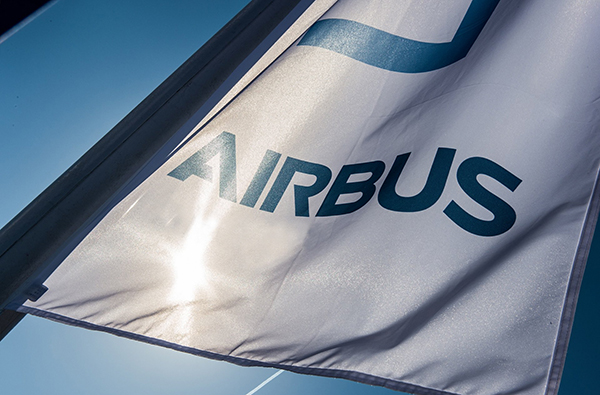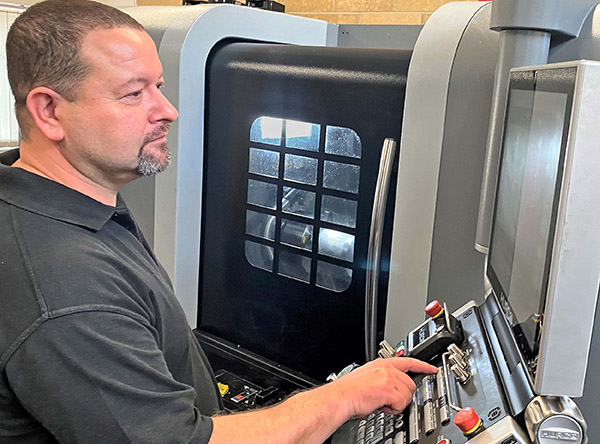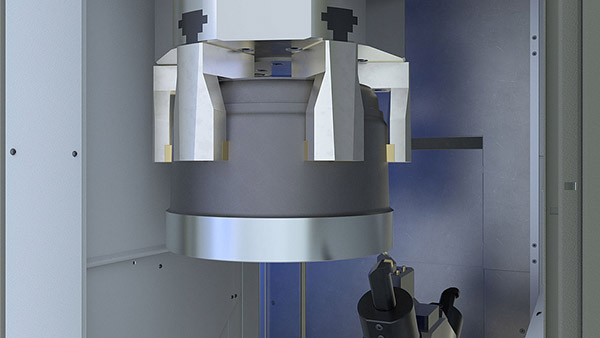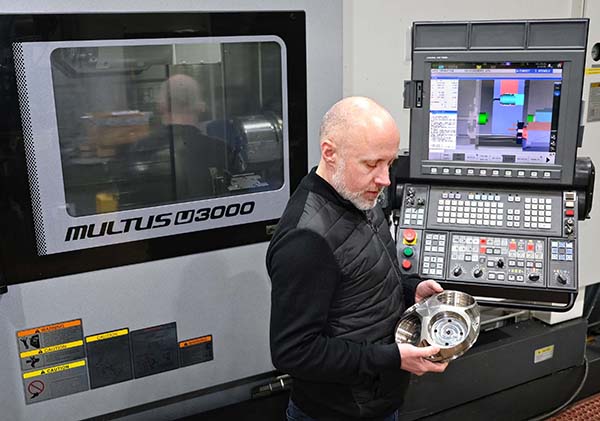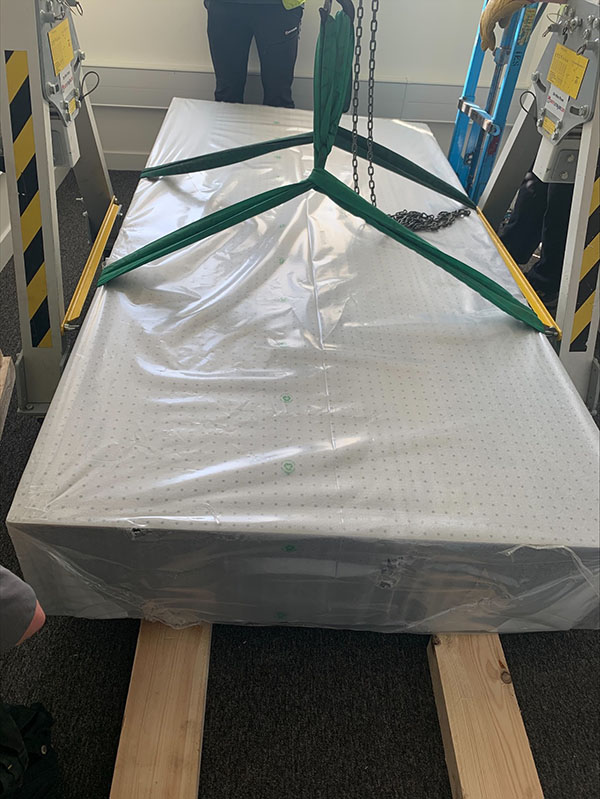
Airbus still expects the commercial aircraft market to recover to pre-COVID levels between 2023 and 2025, led by the single-aisle segment. The company is therefore providing suppliers with an update of its production plans, giving visibility in order to schedule necessary investments and secure long-term capacity and production rate readiness, in line with the anticipated recovery.
Confirming an average A320 family production rate of 45 aircraft per month in Q4 2021, Airbus is calling on suppliers to prepare for the future by securing a firm rate of 64 by Q2 2023. In anticipation of a continually recovering market, the company is also asking suppliers to enable a rate of 70 by Q1 2024. Longer term, Airbus is investigating opportunities for rates as high as 75 by 2025. The aerospace giant is also upping the production rates for its A220 and A350 aircraft families.
For further information
www.airbus.com






